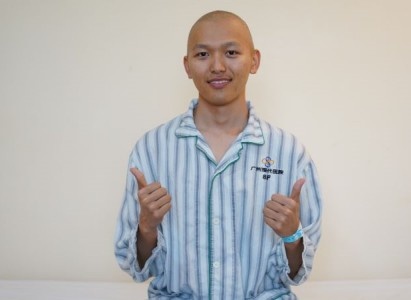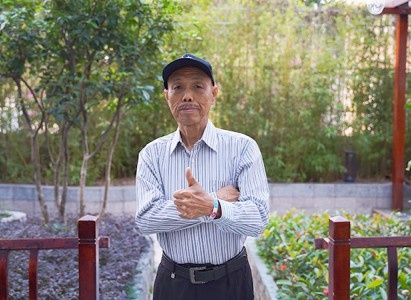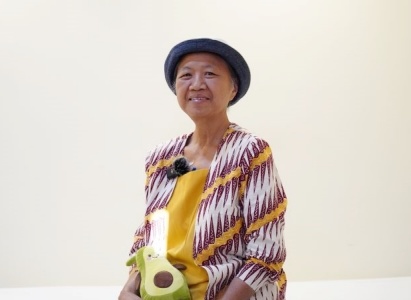Photon Knife Therapy

1. Definition
"Photon Knife" is the abbreviation of "Photon Isotope System", which is figuratively called "Photon Knife" because it kills tumor cells through photon radiation, and the effect is just like a scalpel removing a tumor. This is why it is called "Photon Knife".
The advantage of photon knife is that it can carry out three-dimensional, directional, shape-appropriate radiation therapy, which is a new high-tech technology in the international radiotherapy field today. It is a new high-tech technology in the international radiotherapy field today. It is fully automated to finely adjust the shape of irregular tumor fields, reduce the amount of normal tissues around the tumor, further increase the dose to the target area of the tumor, and significantly reduce the complications of radiotherapy.
2.Treatment process
Step 1, locate the lesion - using stereotactic devices, imaging equipment such as CT, MRI and X-ray digital subtraction, and three-dimensional reconstruction techniques to determine the exact location and extent of the lesion and adjacent vital organs, a process called three-dimensional spatial localization.
Step 2, design the plan - using a three-dimensional treatment planning system to determine the direction of the photon knife's ray beam, calculate a dose distribution plan that optimally splits the dose between the lesion and neighboring vital organs, and develop a treatment plan.
Step 3, treatment - according to the size, location, depth of the lesion to choose photon irradiation of different energy, so that the energy irradiation will reach the deep layers of the lesion, resulting in congestion and edema of the lesion tissue until it becomes necrotic, as well as the dead cells are absorbed, decomposed and excreted by the surrounding normal tissue.
3.Photon Knife VS Traditional chemoradiotherapy & Surgery
(1) Photon Knife VS Traditional radiotherapy
*Photon Knife:According to the three-dimensional shape of the tumor, multiple coplanar surfaces are set up to "bombard" the tumor tissue in an all-round way. The cumulative dose of multiple surfaces can easily reach the lethal dose of the tumor, thus killing the tumor.
*Traditional radiotherapy: Tumors are usually surrounded by normal tissues, and a single plane of treatment with a lethal dose will inevitably also kill the normal tissues that surround the tumor. Killing the tumor while damaging the normal tissue surrounding the tumor.
(2) Photon Knife VS Surgery
*Photon Knife: No incision, no blood, no pain, no risk. It makes the tumor tissue die directly in the body through photon radiation and reduce the complications of surgical infection. It can enter many dangerous parts that cannot be accessed by surgery, such as paracardiac large vessels, pulmonary portal area and postoperative recurrence of adhesion sites.
*Surgery: It has to bleed and is painful and risky. The shape of the tumor is irregular and cannot be completely removed. In the process of cutting and taking out the tumor, the tumor is easy to fall off and plant on normal tissues, forming new tumors and causing implantation "metastasis".
(3) Photon Knife VS Traditional chemotherapy
*Photon Knife: Multi-field, multi-angle, and conformal radiation is directed to the tumor tissue under the control of a modern computer, with few side effects on normal tissues.
*Traditional chemotherapy: Chemotherapeutic drugs have toxic side effects, killing tumor cells and at the same time killing blood and lymph tissue cells that make up the immune defense system, causing destruction of the immune system.
4.Clinical application
It is applied to intracranial and neck tumors, chest tumors, abdominal tumors, pelvic tumors, soft tissue sarcomas, bone sarcomas and so on.
Especially for those whose lesions are not suitable for surgery, those who remain or recur after surgery, those who cannot tolerate surgery, and those who have received conventional radiotherapy and chemotherapy in the past and have relapsed again, it can achieve the effect that cannot be obtained by other treatments.

















